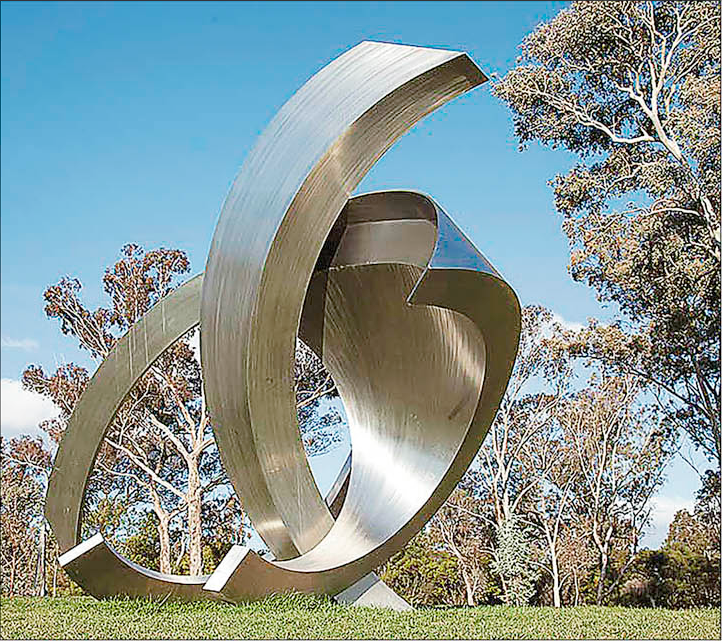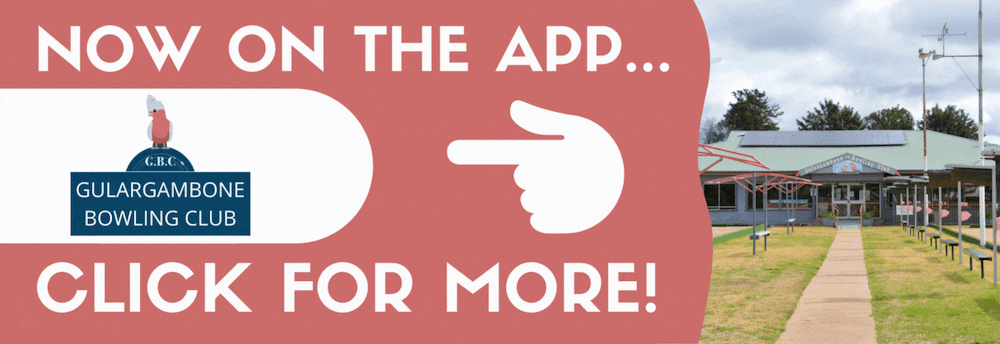Final resting place of central west soldiers confirmed
Sharon Bonthuys
06 May 2023, 3:40 AM
 The MV Montevideo Maru, which sank on July 1, 1942, after being torpedoed by the USS Sturgeon. More than 1,000 people went down with the ship. Photo: Wikipedia.
The MV Montevideo Maru, which sank on July 1, 1942, after being torpedoed by the USS Sturgeon. More than 1,000 people went down with the ship. Photo: Wikipedia. A little part of the central west NSW lies four kilometres below the surface of the South China Sea, with the recent discovery of the final resting place of the MV Montevideo Maru.
Several people hailing from or with links to our region were known to be aboard the Japanese military transport vessel, which was torpedoed and sunk by an American submarine in the early hours of July 1, 1942.
Over 1,000 souls went down with the ship, including over 800 Australian Prisoners of War (POW), 200 civilian prisoners, and almost 90 Japanese military personnel. It remains the worst maritime disaster involving Australians.
Among those lost were 133 commandos from the Australian Imperial Force 1st Independent Company, as well as members of the Lark Force serving in New Guinea.
At least 11 of those who died are known to have come from or had strong links to central west NSW.
Private William (Bill) Everingham, 23, was the son of Arthur and Ann Everingham of Narromine. Corporal Frederick Sadler, 36, was the son of Samuel and Martha Sadler of Dubbo.
Two others with known links to the Dubbo area included Private Lloyd Sibraa, 22, who had family in the Dubbo and Wellington areas, and Private Arthur Hogan, 21, who has family living in Narromine today.
Other servicemen hailing from the central west who died in the sinking include Earl Arrow, 21, Lark Force, (born in Parkes); Noel Carter, 20, and Charles Regan, 29, Lark Force, and William Thompson, 27, from 1st Independent Company (born in Bathurst); and Alfred Hawkins, 40, Lark Force, (born in Gulgong).
A civilian who attended high school in Dubbo and also died in the disaster was Reverend John Poole, 28. He was one of 12 Methodist missionaries working in New Guinea until the fall of Rabaul in early 1942, who were civilian prisoners on the Montevideo Maru. Another civilian internee from the central west, Dixon Rand, 46, was born in Forbes. He was a plantation manager from the island of New Ireland near Rabaul.

ABOVE: The memorial sculpture "Passage" by James Parrett at the Australian War Memorial, currently in storage during extensions work being carried out on site. Source: P Bourke.
The sinking and discovery
The Montevideo Maru was bound for Hainan, China, with its precious human cargo after leaving the island of New Britain in the Bismarck Archipelago (now Papua New Guinea) on June 22, 1942.
The USS Sturgeon submarine was unaware that POWs and civilians were aboard when it torpedoed the vessel, which sank in just 11 minutes in a deep trench off the north-west coast of The Philippines. Its exact location has remained unknown until this month.
The discovery of the ship’s final resting place on April 22, 2023, comes almost 81 years after the disaster.
The wreck was discovered during an extraordinary mission put together by Sydney’s Silentworld Foundation. Dedicated to maritime archaeology and history, Silentworld worked with Dutch deep-sea specialists, Fugro, and had support from the Australian Department of Defence.
The search commenced on April 6 in the South China Sea, 110km north-west of Luzon island in The Philippines. After just 12 days, a positive sighting was recorded on April 18 using state-of-the-art technology, including an Autonomous Underwater Vehicle with in-built sonar.
It has taken nearly five years of planning by Silentworld and many more years of dedication from the Rabaul and Montevideo Maru Society to assemble the expedition team, led by Australian businessman, maritime history philanthropist and explorer, John Mullen.
“The discovery of the Montevideo Maru closes a terrible chapter in Australian military and maritime history,” Mr Mullen said.
“Families waited years for news of their missing loved ones, before learning of the tragic outcome of the sinking. Some never fully came to accept that their loved ones were among the victims.
“By finding the vessel, we hope to bring closure to the many families devastated by this terrible disaster.
“I am proud to be the citizen of a country that never forgets or stops looking for those lost in the course of duty, no matter how many years may pass,” Mr Mullen said.
Chief of the Australian Army, Lieutenant General Simon Stuart, said finding the wreck has ended 81 years of uncertainty for the loved ones of the lost.
“The Australian soldiers, sailors and aviators who had fought to defend Rabaul had enlisted from across the country to serve, met a terrible fate at sea on the Montevideo Maru,” Lieutenant General Stuart said.
“A loss like this reaches down through the decades and reminds us all of the human cost of conflict,” he said.
A blessing for those who still grieve
The discovery of the Montevideo Maru has been a blessing for the descendants of those aboard who continue to commemorate their loved ones’ passing.
Patrick Bourke is the education coordinator of the Rabaul and Montevideo Maru Society, and a relative of Private Lloyd Sibraa who perished in the disaster. Mr Bourke told The Western Plains App that the quest to find the ship has been a labour of love for descendants of those who died.
“One of the objectives of the society [which formed in 2009] was to have a war grave at sea for the people who died on the ship,” he said.
The last known coordinates for the ship were logged by the USS Sturgeon at the time, so the general location of the sinking was known, he said. However, the vessel sank in very deep water and the final resting place remained unknown until now.
At a depth of more than four kilometres, the Montevideo Maru is even deeper than The Titanic, which was found 3.8 kilometres below the surface of the north Atlantic in late 1985.
Locating the ship’s final resting place wasn’t the society’s only objective, Mr Bourke said.
Formal recognition of the disaster was also high on the society’s agenda. This was realised on 21 June 2010, when the Hon. Alan Griffin, Minister for Veterans’ Affairs and Minister for Defence Personnel, made a formal condolence motion in the federal parliament.
The Minister acknowledged at the time that not knowing the ship’s final resting place extended the grief of loved ones mourning their loss.
Former federal Education Minister and Midnight Oils frontman, Peter Garrett, also spoke about the disaster in federal parliament on August 22, 2012. His grandfather, Tom Garrett, was a cocoa planter on the island of New Britain and was one of the civilian casualties. The Midnight Oils’ song “In The Valley” opens with a reference to his grandfather’s passing.
Mr Bourke said that another objective was achieved in 2012 when the Rabaul and Montevideo Maru Society was successful in having a memorial erected in the grounds of the Australian War Memorial (AWM).
The striking sculpture “Passage” by James Parrett honours the wartime defence of Rabaul and the victims of the Montevideo Maru disaster. Major extensions at the AWM site have caused the temporary removal of the memorial, but its return is keenly anticipated by society members in 2024.
“It is quite an emotional place, the memorial,” Mr Bourke said.
The society regularly gathers to remember those lost, and no doubt future commemorations will be more meaningful now that the resting place of the ship is finally known. Family members now also have a confirmed location on the water where they may go to pay their respects if they wish.
Society members have also expressed their thanks on the group’s Facebook page and taken the time to share photos and memories of those lost.
Tributes
The Silentworld team held a tribute aboard the Fugro Equator on April 23 at the site of the discovery. The team cast floral wreaths and 50 paper cranes, a symbol of peace, into the water as the sun set. An emotional service was also held in Rabaul the following day.
The ship’s discovery was also referenced at many ANZAC services around Australia on April 25, including the service at the Narromine War Cemetery.
In delivering a prayer at the service, Arthur Woollams, 74, told those gathered about his maternal uncle, Private Arthur Hogan, a POW who perished in the disaster.
“My uncle Arthur was a commando serving in Rabaul on the island of New Britain, east of New Guinea.
“Like a lot of young men back then, they lied about their age so they could head off on what they thought was a great adventure. How sad,” he said. His uncle was just 21 when he died, although official records state he was 23.
“The people who discovered [the wreck of the Montevideo Maru] said we should refer to it not as a wreck but as a tomb, because it’s where almost 1100 lives now lie in peace,” Mr Woollams said.
Lest we forget.





